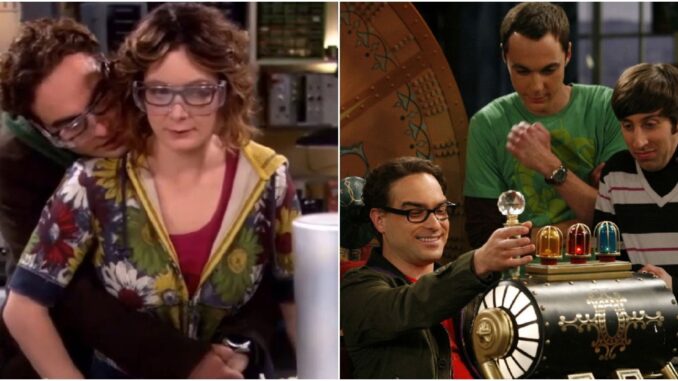
In the acclaimed universe of The Big Bang Theory, where wit and character connections are essential, an interesting detail has caught the attention of fans: the reference to Amy Farrah Fowler (Mayim Bialik) before the character was officially introduced in the series.
Amy, who joined the cast in the third season, had her presence subtly hinted at in the first season, surprising many followers of the series. Mayim Bialik, known for her portrayal of Amy Farrah Fowler, added a new dimension to the already well-known cast of The Big Bang Theory. Her role as the neuroscientist who challenges Sheldon Cooper (Jim Parsons) became a fundamental pillar of the show.
The chemistry between the characters and the depth Bialik brought to the show enriched the narrative and offered memorable moments. However, the fact that her character was implicitly present from the first season adds an extra layer of fascination.
An observant fan of The Big Bang Theory discovered that the connection to Amy Farrah Fowler was established in a subtle detail during the first season. In episode 13, titled “The Bat Jar Conjecture,” the main characters Raj (Kunal Nayyar), Howard (Simon Helberg), and Leonard (Johnny Galecki) discuss the possibility of adding a new member to their team for the Physics Bowl.

A Key Character from The Big Bang Theory Hidden in Plain Sight in the First Season
In a conversation, Raj mentions a neuroscientist who had starred in the teen series Blossom, played by the same actress who would eventually be Amy Farrah Fowler. This little nod to Bialik’s career was an early sign of her future involvement in the series.
This nod not only highlights the writers’ ability to weave details throughout the series but also pays homage to Mayim Bialik’s previous career. The mention of her Blossom character in the dialogue of The Big Bang Theory is an example of how the series uses cultural references to enrich the viewer’s experience. Without a doubt, this kind of attention to detail adds a layer of depth to the narrative.
